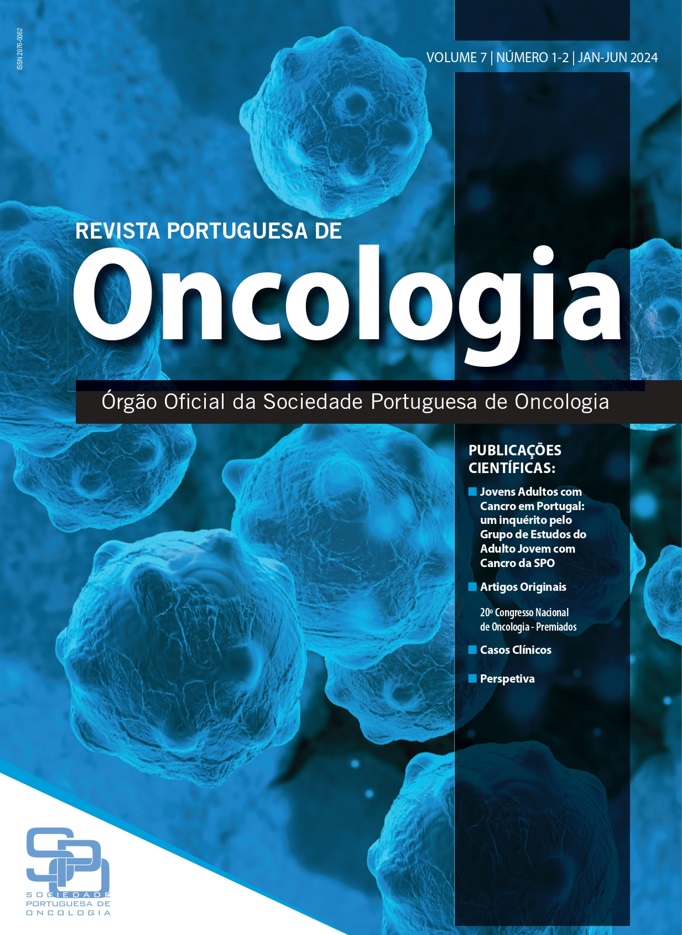The use of methadone in cancer pain – a narrative review
Abstract
Methadone is a synthetic opioid, which acts on several receptors, including antagonism to the N-methyl D-Aspartate (NMDA) receptor and inhibitory action on the reuptake of norepinephrine and serotonin, being an important drug in reducing the phenomenon of hyperalgesia related to with the central sensitization process. It plays an important role in complex cancer pain related to its ability to provide multimodal analgesia. It has a long half-life, high oral bioavailability, wide availability of formulations, rapid onset of action and is a safe drug in patients with chronic renal failure. However, this opioid also presents side effects, mediated by opioid and non-opioid receptors, highlighting the risk of sedation, delirium and prolongation of the QT interval. Furthermore, it presents a high risk of accumulation with the administration of repeated doses due to its long half-life and great individual variability. In clinical practice, methadone can be used in different ways: first-line therapy in opioid-naïve patients; 2nd line therapy when rotating an opioid or associated with another opioid at a low dose. Careful monitoring is required when titrating doses and converting other opioids, which means that despite being a versatile drug with numerous advantages, its use on a daily basis is not common, thus requiring greater experience and knowledge on the part of health professionals.
Downloads
References
Hanna V, Senderovich H. Methadone in Pain Management: A Systematic Review. J Pain 2021;22:233-45. doi: 10.1016/j. jpain.2020.04.004.
Garrido MJ, Trocóniz IF. Methadone: a review of its pharmacokinetic/pharmacodynamic properties. J Pharmacol Toxicol Methods. 1999;42(2):61-6. doi: 10.1016/s1056-8719(00)00043-5.
Infomed. Base de dados de medicamentos de uso humano.[Internet]. Consulta em Agosto de 2023. Disponível em: https:// extranet.infarmed.pt/INFOMED-fo/pesquisa-avancada.xhtml.
Lusetti M, Licata M, Silingardi E, Reggiani BL, Palmiere C. Therapeutic and recreational methadone cardiotoxicity. J Forensic
Leg Med. 2016;39:80-4. doi: 10.1016/j.jflm.2016.01.016.
Caraceni A, Hanks G, Kaasa S, Bennett MI, Brunelli C, Cherny N, et al.Use of opioid analgesics in the treatment of cancer pain: evidence-based recommendations from the EAPC. Lancet Oncol. 2012;13:e58-68. doi: 10.1016/S1470-2045(12)70040-2.
Chou R, Cruciani RA, Fiellin DA, Compton P, Farrar JT, Haigney MC, et al. Methadone safety: a clinical practice guideline from the American Pain Society and College on Problems of Drug Dependence, in collaboration with the Heart Rhythm Society. J Pain. 2014;15:321-37. doi: 10.1016/j.jpain.2014.01.494.
NCCN Clinical Practice Guidelines in Oncology. Adult Cancer Pain, Version 2.2024. [Internet]. Consulta em Fevereiro de 2024. Disponível em: https://www.nccn.org/guidelines/guidelinesdetail? category=3&id=1413
Ding H, Song Y, Xin W, Sun J, Zhong L, Zhou Q, et al. Methadone switching for refractory cancer pain. BMC Palliat Care. 2022;21:191. doi: 10.1186/s12904-022-01076-2.
Barbosa, M, Gonçalves E. Metadona no Tratamento da Dor Crónica por Cancro: Experiência do Serviço de Cuidados Paliativos do Instituto Português de Oncologia Francisco Gentil – Centro Regional do Porto. DOR. 2008;16: 16-20.
Chary S, Abdul-Razzak A, Galloway L. Ultralow-dose adjunctive methadone with slow titration, considering long half-life, for outpatients with cancer-related pain. Palliat Med Rep. 2020;1:119–
doi: 10.1089/pmr.2020.0034.










